Taking the high road out of Crediton, the scout rode as far as Chenson No. 3 Crossing, before taking the bridleway through the woods from Chenson No. 2 to Hawkridge Cross. From there he returned via Nymet Rowland, Down St. Mary, Copplestone, Coleford, Colebrooke and Yeoford (38 miles).
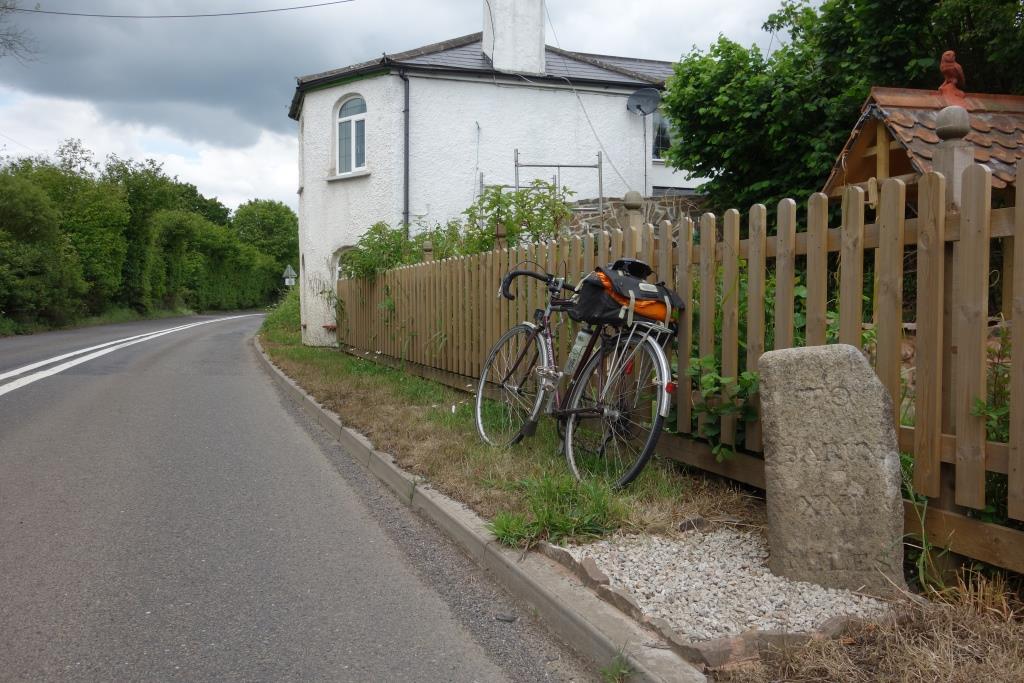
The pavement of compacted stone would have been no more than two thirds the width of the present carriageway and may have had a high crown, Telford fashion, with verges and ditches on either side.
There would most probably have been a turnpike (lifting barrier) or gate across the road and a door at the front of the house where there is now a window.
The Exeter to Barnstaple turnpike was completed not long before the railway, but well-engineered roads had brought greatly improved communication across the country much earlier.
Enthusiasts claim that it is important to preserve the railways of the steam era as working museums. The plenty of rather muddled reenactment lines gives weight to a very short span even of the railway age, let alone the long history of transport in general. Little or no importance is given to the construction and use of all-purpose roads over centuries.
The huge interest in steam locomotives arises from their being quite spectacular in operation. For fixated men, so-called “heritage” provides an excuse to play trains and has little to do with recognition of the former essential function of the railways.
The scout’s idea of spectacle is not a “modern” steam locomotive hauling an excursion along the Taw Valley, a painful reminder of how British railways held on to archaic traction, watched by people who never travel by train and have no deep understanding of rail transport.
No, a spectacle for the scout would be seeing a coach and four pull up here, having raised the dust on the road behind. It would be seeing the movement of the horses while they paused and the gentle adjustment of their harnesses. It would be admiring the craftsmanship of the coachbuilder and wheelwright, the gaiety of the finish, the slender sections of English hardwoods used in the frame, spokes and shaft, all beautifully chamfered and lined. It would be seeing the coachman reaching down to hand the gatekeeper a coin or two so that he would open the barrier. It would be marvelling at the dress and manners of the people and the method of operation.
But the scout will never see such a spectacle reenacted or indeed any other aspect of the roads of the period recreated.
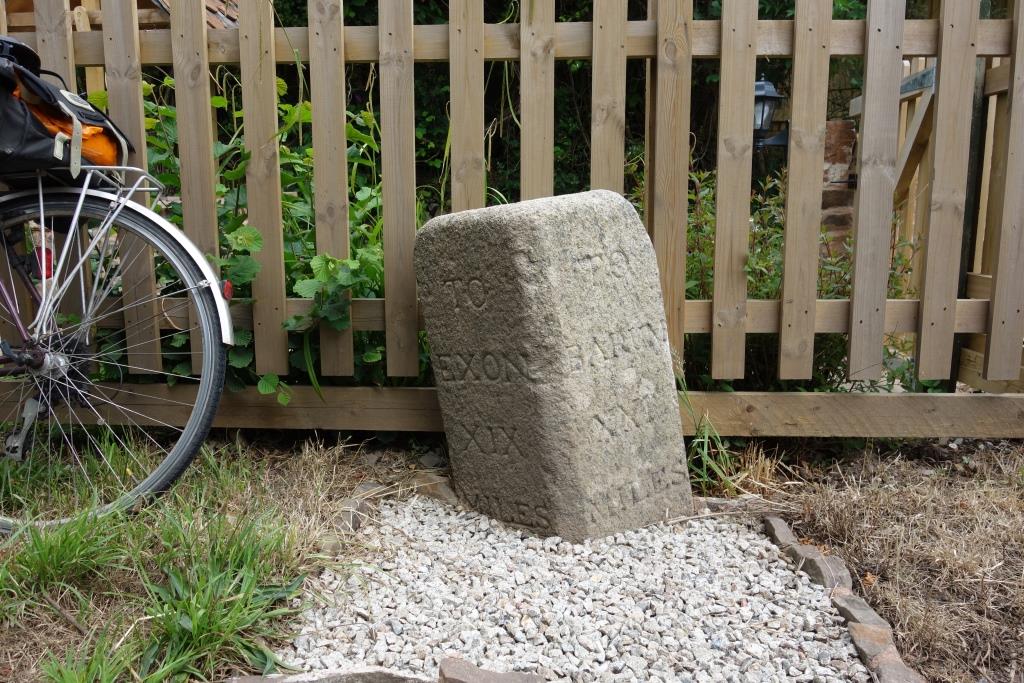
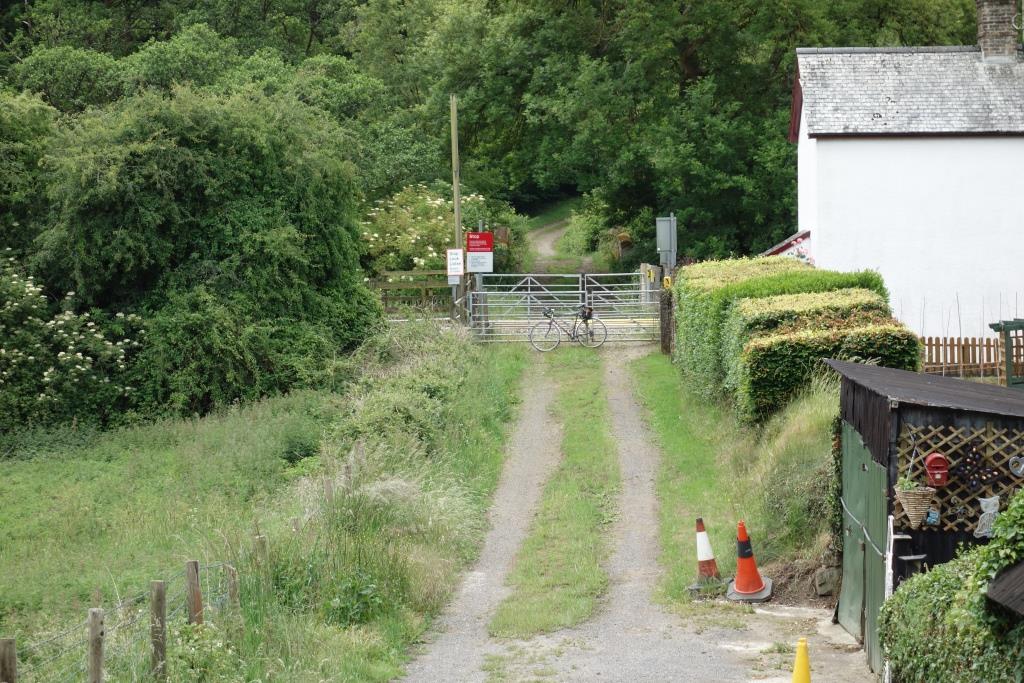
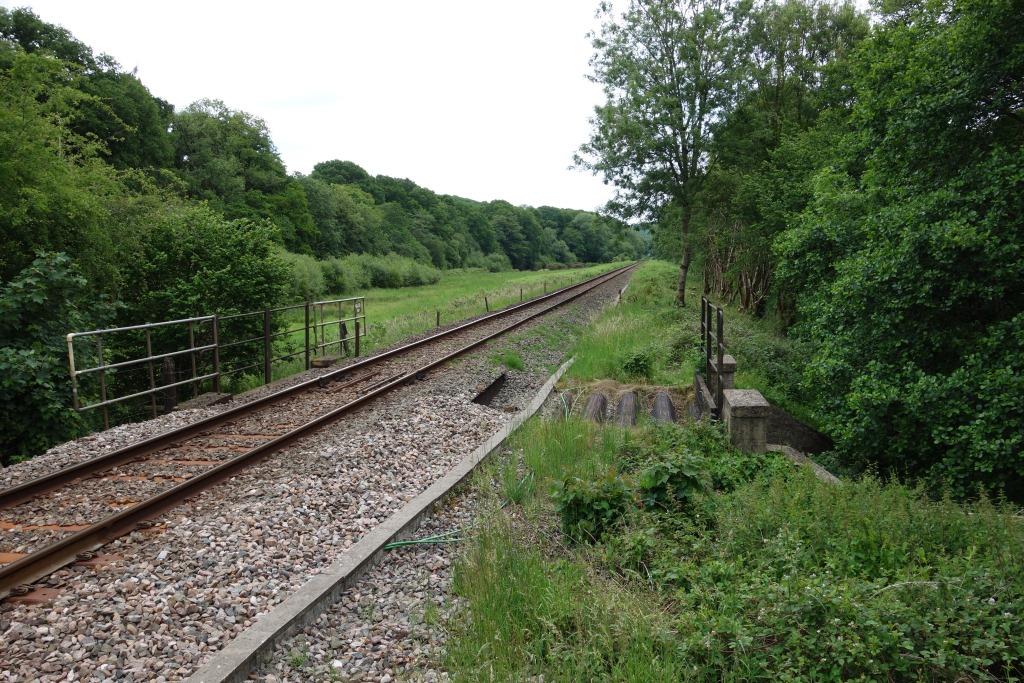
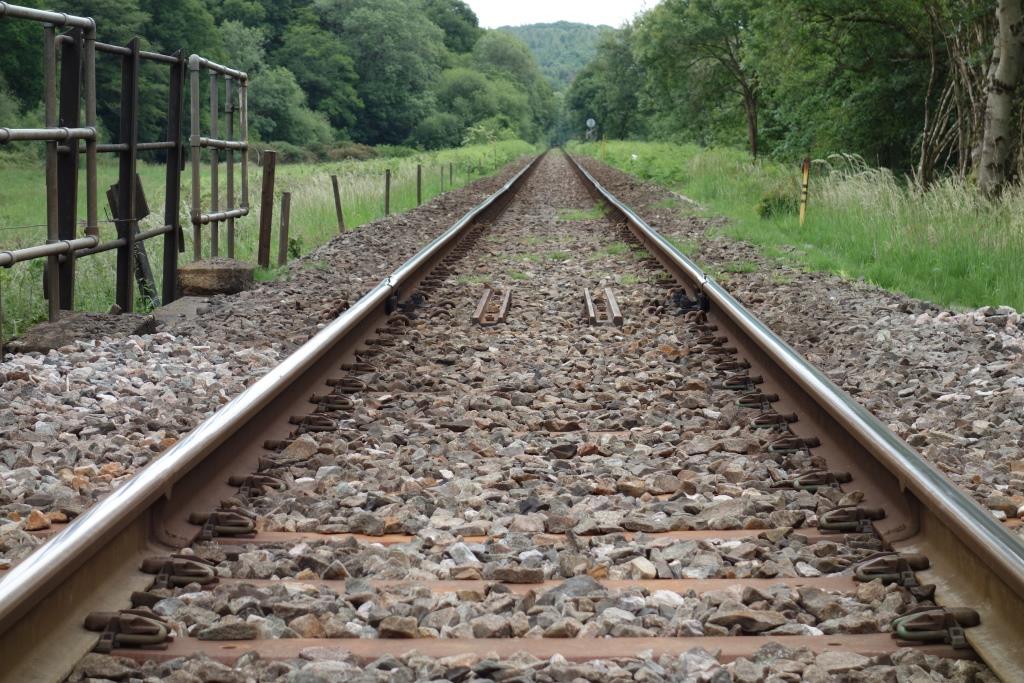
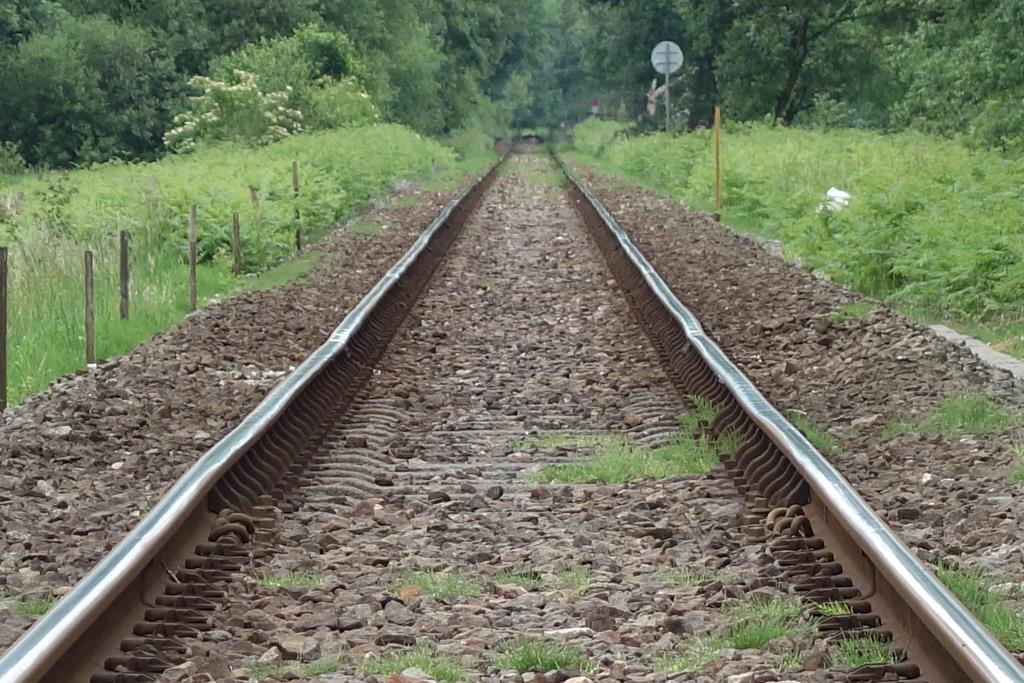
The axle load of a Class 143 is about 12 tons, considerably more than the Class 158s now in use on the line.
It was only after riding on from Hawkridge Cross that the scout remembered once regularly buying butter from Hawkridge Farm, part of whose large complex he had passed through.
After taking lunch in the perfect peace of the churchyard of little St. Bartholomew’s Church in Nymet Rowland, the scout continued, pausing on the overbridge at Colebrooke Mill to peer at what remains of the former Southern main line.
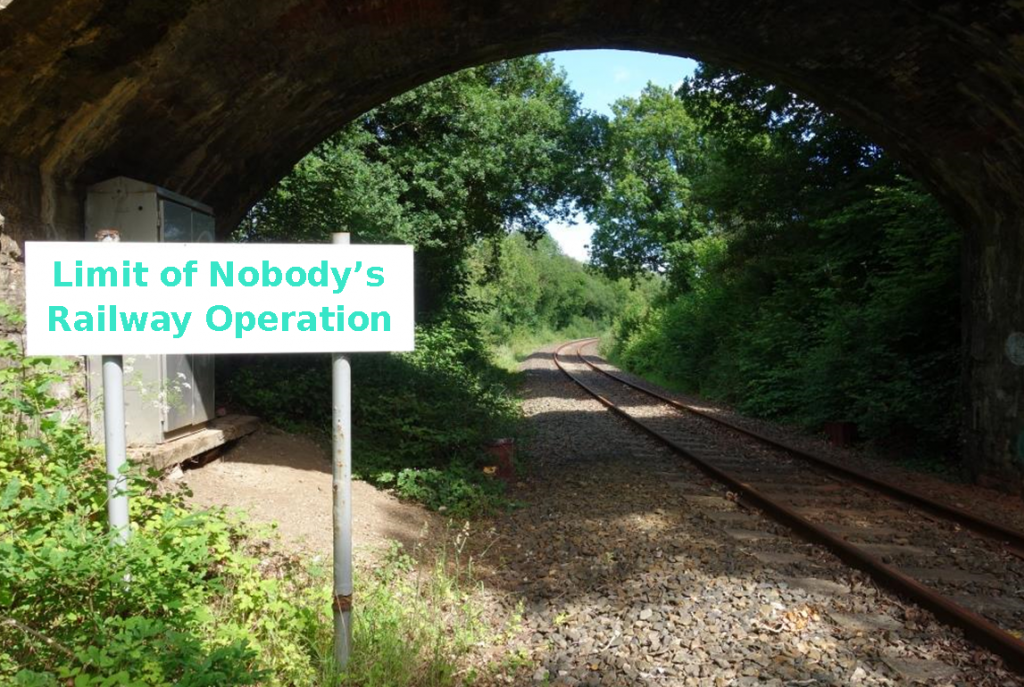
With the American operator of the line that strangely was lost from the national network being in administration, it is not known when the long hoped-for passenger service to Okehampton will commence.
Behind the camera, around 30 of the 150 miles of the former network (not counting the light railway) remain.
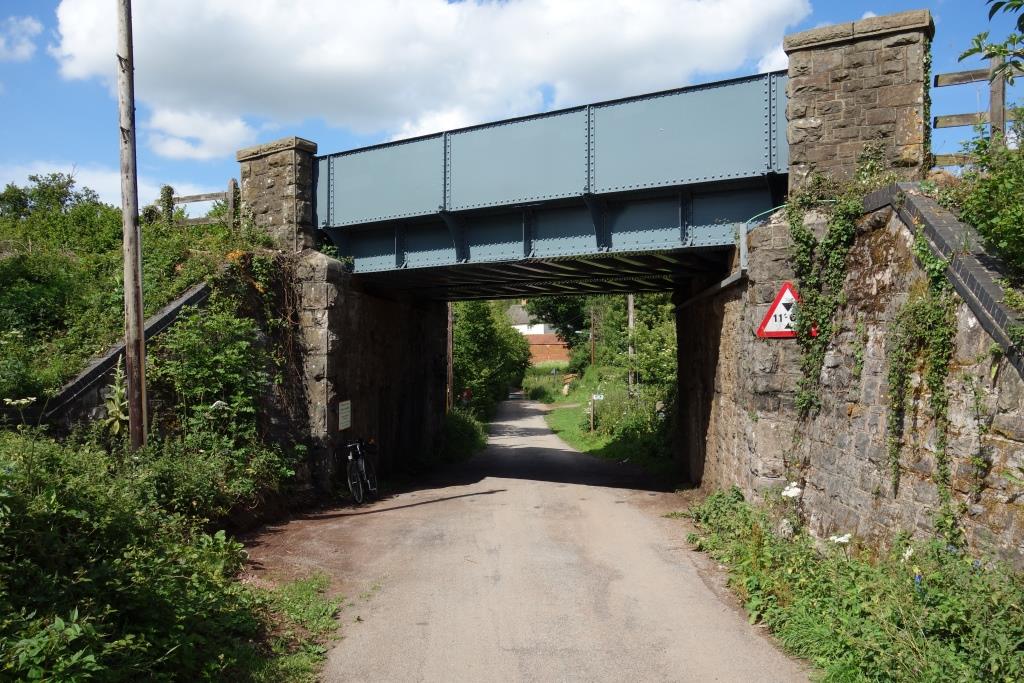
At the former Coleford Junction, not far away on the left, the lines diverge, one to Barnstaple and the other to Okehampton. Just beyond the bridge to the right is a public footpath which leads all the way to Yeoford, one which the scout last took forty-odd years ago.
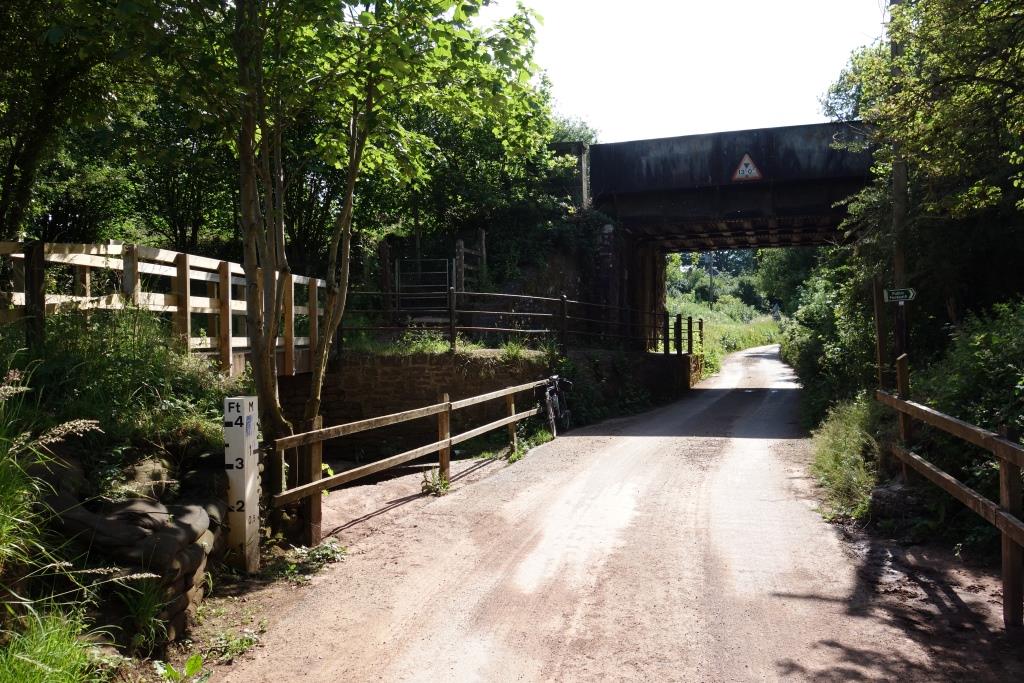
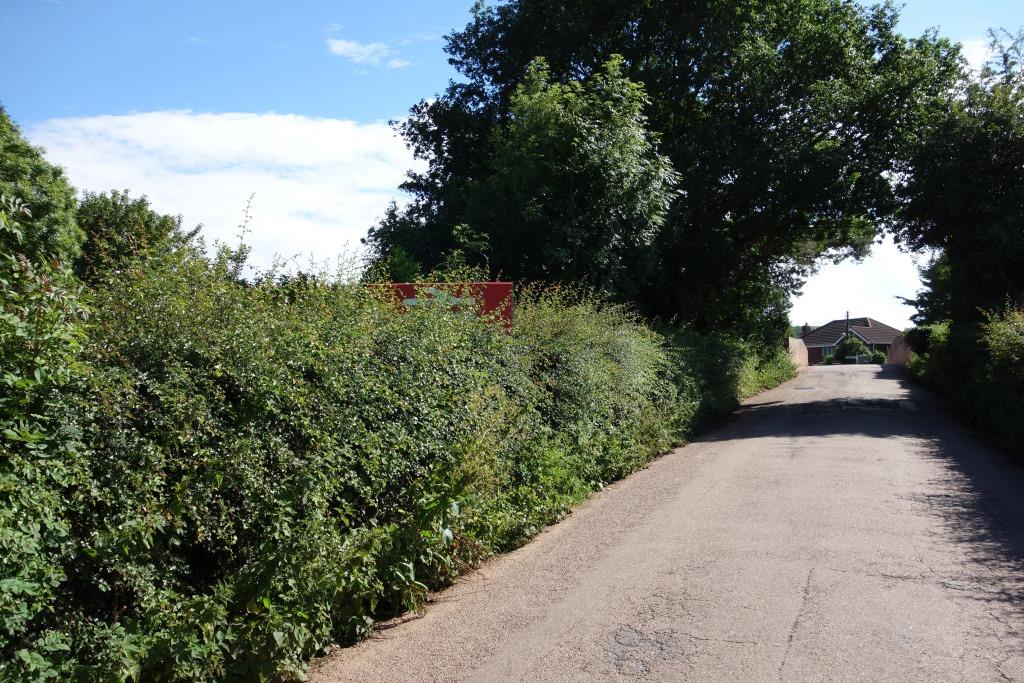
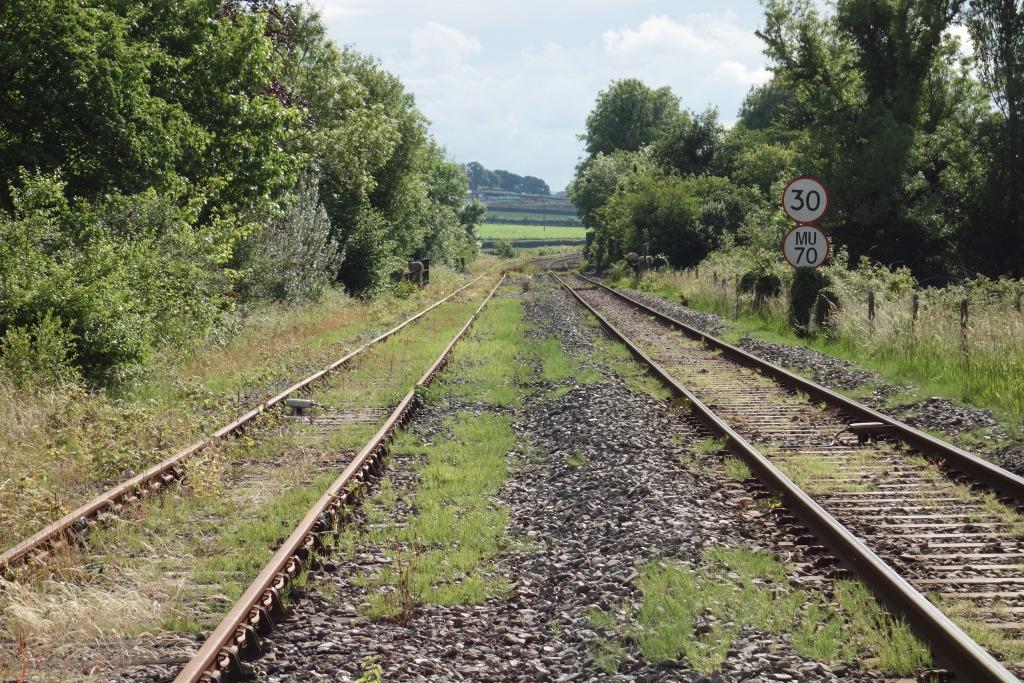
In a normal year, trains would now be running to Okehampton on Sundays, but with Dartmoor Railway going into administration last year there has not been any train for some time, and it is not known when there will be one again.
With zoom, even the live line to Barnstaple looks rather unkempt.
